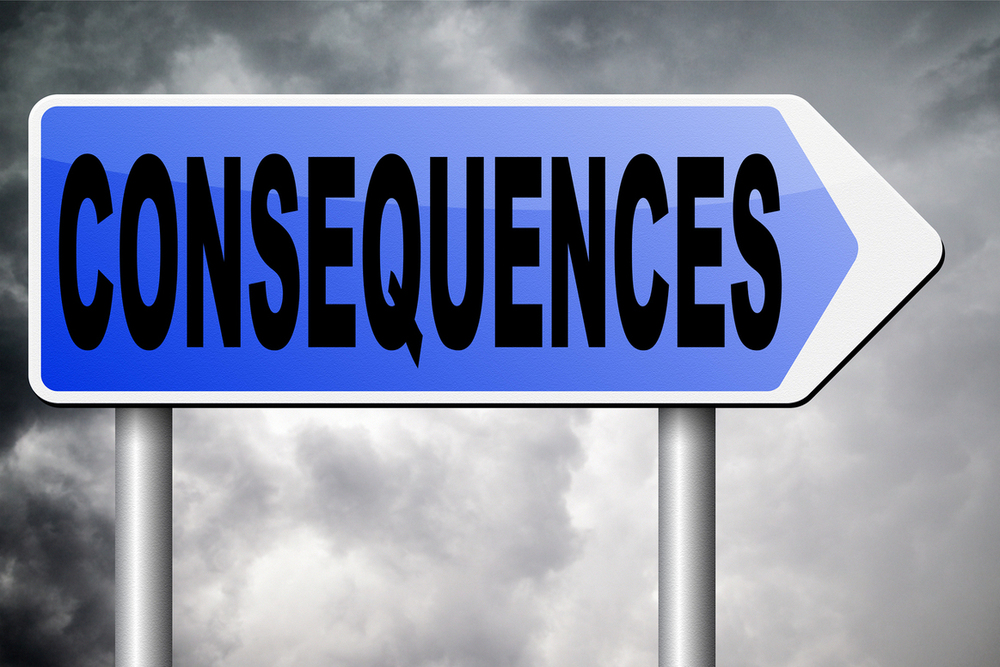The article “Owning Canadian Stocks As A U.S. Resident” was originally published on Moneysense on November 14, 2017.
What are the capital gains consequences?
Q: I live in the USA but still have some stocks in a Canada brokerage. If I should sell them what is the capital gains I pay since I have had no income in Canada for the past 30 years? Except of course the dividend which has been about $200 a quarter. I’ve had the SU stocks since 1998 – about 640 of them.
—AJ
A: Although Suncor is a long way from its 2008 high of $73, AJ, your shares are currently trading around a five-year high of $46. There are Canadian and U.S. tax implications when you own Canadian stocks as a U.S. resident.
Since U.S. citizens living in Canada also need to file U.S. tax returns each year to report their worldwide income, the U.S. reporting information here applies to them as well.
Canada taxes your quarterly dividends of about $200 per quarter. You should have 15% withholding tax on your quarterly dividends, AJ. This withholding tax is your final tax obligation to the Canada Revenue Agency (CRA) for your dividend income.
When you sell your Suncor shares, whether you have a capital gain or not, the CRA won’t tax the Suncor share proceeds. Capital gains on publicly-traded securities sold by a Canadian non-resident are not taxable in Canada.
In the U.S., your quarterly dividend income is taxable on your U.S. tax return. Your Canadian tax already paid is eligible as a foreign tax credit on filing to help avoid double taxation.
When you sell your Suncor shares, you need to report this disposition on your U.S. tax return. You will have long-term capital gains tax payable to the Internal Revenue Service based on the capital gain in U.S. dollars. You will have to determine the cost basis and proceeds in U.S. dollars based on the foreign exchange rate at purchase and sale.
Keep in mind if your dividends were reinvested into new Suncor shares over the years, as opposed to being paid in cash, your cost basis would have risen over time, AJ. You will need to determine the additions to your cost basis in U.S. dollars based on the applicable exchange rates when each of the dividends was reinvested.
Another consideration is that there have been three 2 for 1 stock splits since you purchased the shares in 1998 – in 2000, 2002 and 2008. This means if you have 640 shares now, you may have only purchased 80 shares in 1998 that turned into 160, 320 and 640 shares on the split dates. This calculation ignores any reinvested dividends.
U.S. investors who own Canadian investments need to be mindful of their annual filing requirements, including FACTA. The Foreign Account Tax Compliance Act requires you to disclose foreign financial accounts, like a brokerage account in Canada, to the IRS. It is an effort to ensure tax compliance and that foreign income is reported properly on a U.S. tax return.
Of note is that U.S. investors can buy about 171 Canadian stocks that are currently inter-listed on the New York Stock Exchange (NYSE), the NASDAQ or the NYSE American (AMEX). In case you want to more easily invest in Canada while you’re in the U.S., AJ, here is the complete list. And if you’re looking for U.S. listed exchange-traded funds (ETFs) that invest in Canada, the list is very short, but here it is.
Jason Heath is a fee-only, advice-only Certified Financial Planner (CFP) at Objective Financial Partners Inc. in Toronto, Ontario. He does not sell any financial products whatsoever.

